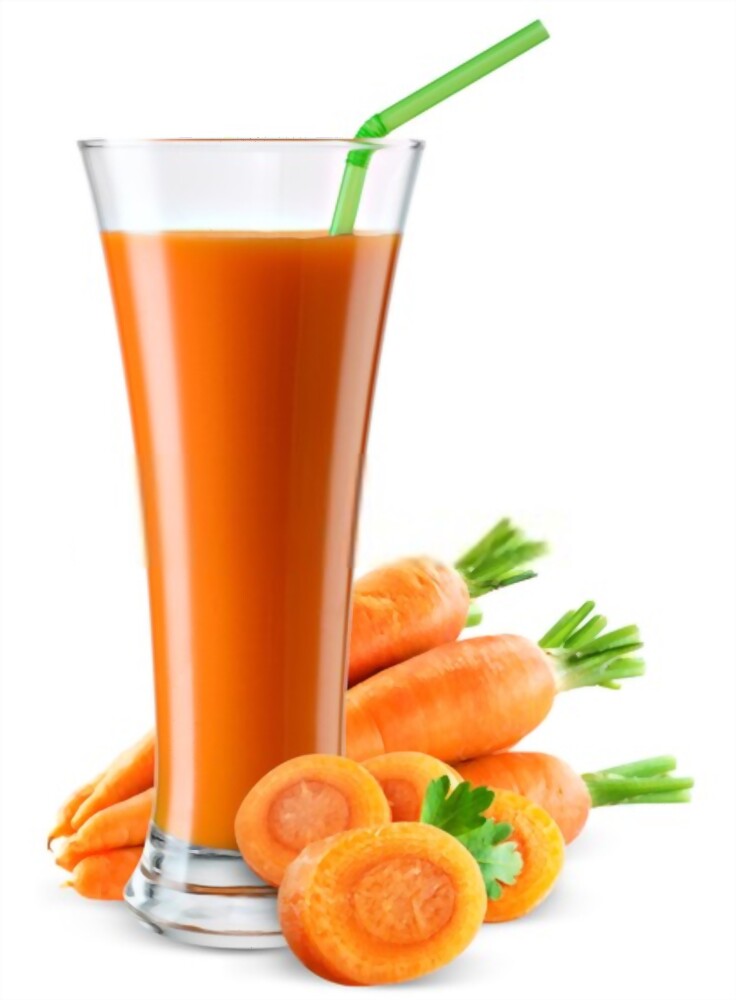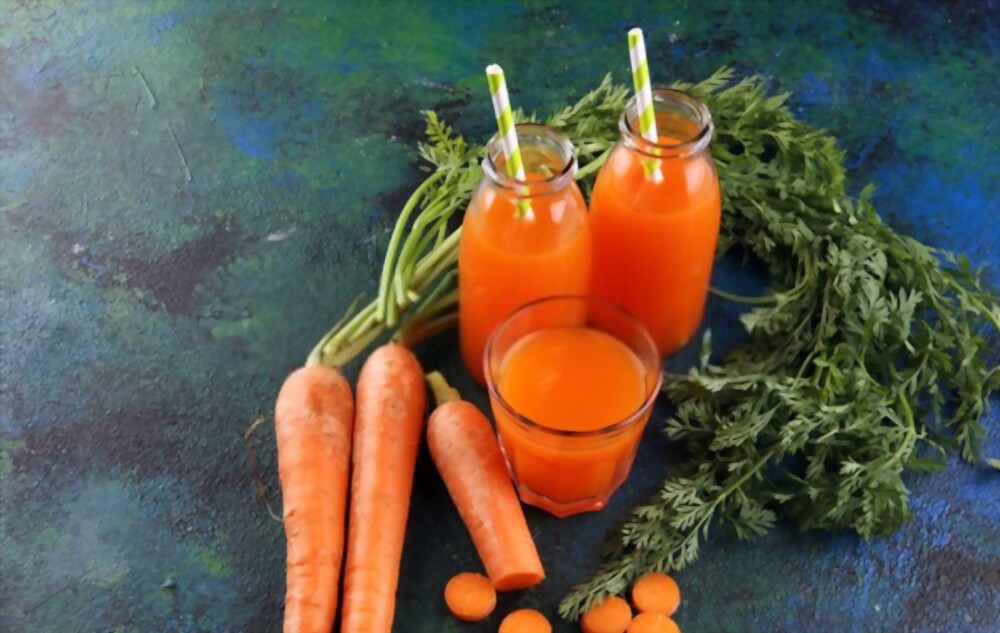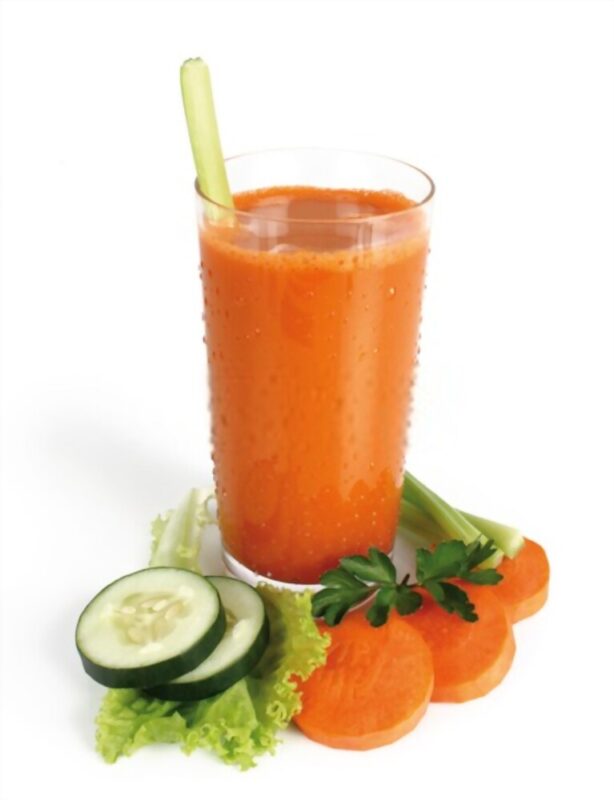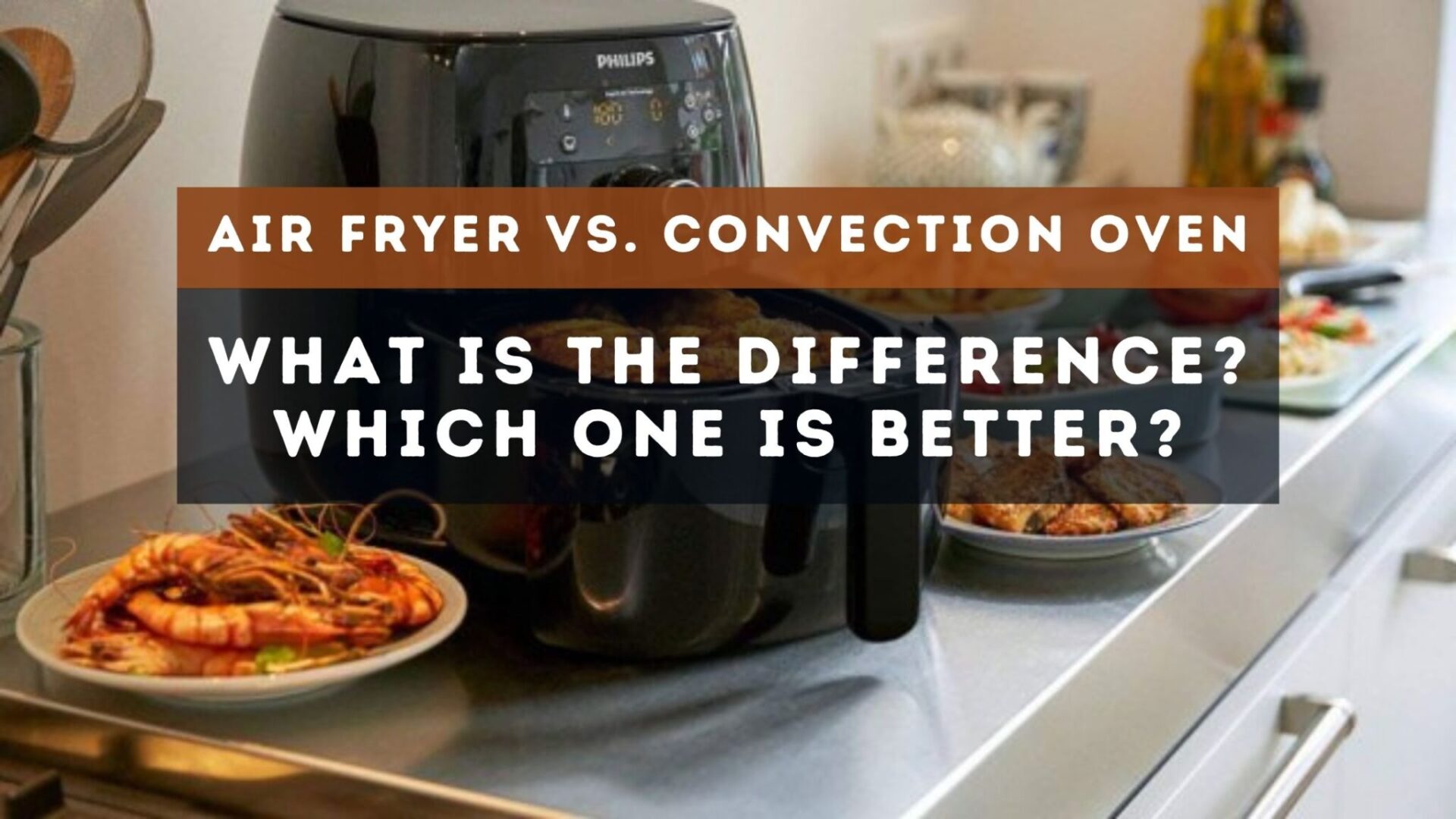Should You Peel Carrots Before Juicing?
Many people get confused when this question pops up in their mind “Do You Need to Peel Carrots Before Juicing?”. Peeling carrots before juicing are entirely up to you. There are no dietary or practical concerns to worry about. Both peeled and unpeeled carrot juice has their uses, depending on your goals. In this quick guide, we’ll explain the benefits and drawbacks of peeling carrots before juicing.
You don’t need to peel carrots before juicing. It has been a long time since I thought carrots had to be peeled before using them, which was bad because I almost always consume raw carrots or carrot juice.
Surely I’m not the only one who hates peeling carrots; otherwise, carrot peeling machines wouldn’t exist. My sense of freedom was restored once I realized I didn’t need to peel them.
Is Peeling Carrots Before Juicing Healthier?
Carrots are root vegetables that do not have a lot of pesticide residue; thus, they do not need to be purchased organically.
Although some soil is embedded in the skin, most of it may be removed with a vegetable scrubber and running water. Peeled and unpeeled carrots have some differences in appearance and flavor, which we will examine later.
Carrots include a lot of vitamins and minerals like Vitamin C and beta-carotene. Still, they’re evenly dispersed throughout the carrot, so peeling them doesn’t change the nutritional make-up.

Almost likely not, because, as I previously stated, carrot skin has several wonderful nutrients, just like the rest of the carrot, including beta-carotene, vitamin A, vitamin C, vitamin K, potassium, and vitamin B6.
However, there aren’t too many of them in the skins, and the skin doesn’t contain 90% of the nutrition, so if you peel them, you’ll still get a healthy juice. So whether you eat carrots with or without the peel is entirely up to you. If you’re juicing, you’re better off letting them alone.
The Effect On The Flavour Of Juice
Unpeeled carrots are bitter and have a tinge of dirt flavor than peeled carrots and can also be used in juice without compromising the flavor, contrary to popular belief. Peeled or unpeeled carrots taste nearly identical in some recipes with a lot of additives.
Carrots that have been peeled are less bitter and produce a sweeter juice than carrots that have not been peeled. In our juices, we like peeled carrots, but we also prefer recipes with few components.

Its texture also influences the way something tastes. When you peel the carrots before juicing, the texture of the juice changes dramatically. Unpeeled carrots generate a rougher, grittier juice, whereas peeled carrots yield a smoother, more homogeneous juice.
If appearance is important to you, only use peeled carrots because unpeeled carrots may give your juice a reddish color that some people will find undesirable. On the other hand, peeled carrot juice is a rich orange color that looks vivid and inviting in a glass.
How to peel carrots properly?
- Put your carrots in a sink with white vinegar and water in equal parts.
- To loosen up any soil, immerse them for 5-10 minutes. Wash the carrots under running water with a vegetable scrubber.
- Most individuals will hold the carrot over their trash can or compost pail and peel the top layer off with a vegetable peeler in a downward motion. Holding your carrot at a 45-degree angle on a chopping board and peeling it downward with your peeler is a faster way.
- Turn your carrot slightly and peel the next layer off with the peeler in an upward motion. Once you get into the habit of twisting your carrot while moving your peeler up and down, you’ll be able to peel carrots faster.

The maximum amount of carrot juice that you can drink a day.
You can drink as much as you like as long as you don’t drink gallons of it every day; a balanced diet requires considerably more variation in your nutrition. Too much carrot juice may not cause accidental poisoning, but it may cause you to turn orange!
You will develop an orange tinge on your skin after eating roughly 10 carrots a day for a few weeks, not a good tan, but an unappealing carrot orange color. It’s not what anyone wants, I’m sure! But beta-carotene isn’t just in carrots; it’s also in oranges, cantaloupes, squash, and sweet potatoes, so eat healthily!
Anyhow, carrot juice works best if combined with a few other components, ensuring a wide variety of vegetables.
Final Thoughts:
It’s entirely up to you whether to peel carrots before you juice them. Peeling or leaving them unpeeled has no nutritional benefit.
However, there will be a variation in the appearance and flavor of your juice. If you prefer a vivid orange and sweeter tasting juice, peel your carrots.
If you don’t mind the earthier flavor and subtle brown color, juice your carrots without peeling them.
Read Also: Top 10 Best Blenders Under $200.

- 10 Best Dehumidifiers in 2022 (Buying Guide) - August 2, 2022
- When Should I Switch Off My Dehumidifier? - October 16, 2021
- 8 Best Commercial Dehumidifiers in 2022 (Buying Guide) - October 5, 2021










